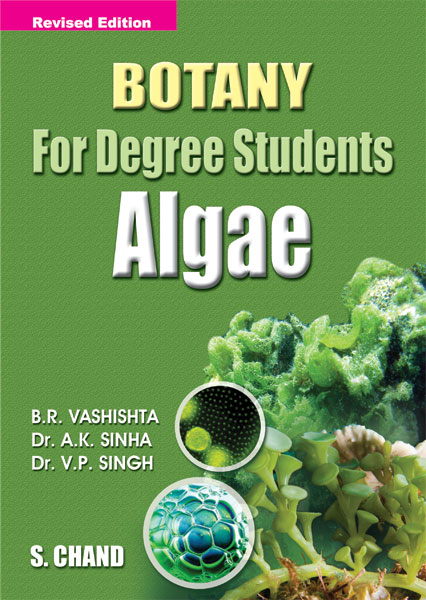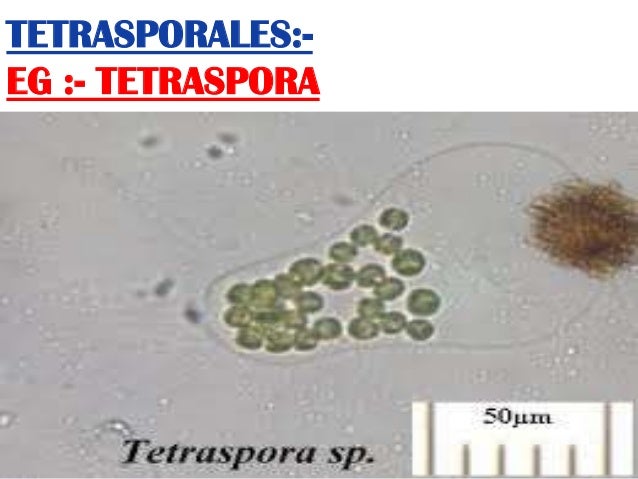
Download Algae By Vashishta Pdf Free
The objective of this note is to provide a knowledge of basic botany, teach specific information about economically important plants, and instill skills in critically researching a topic on an economically important plant. Topics covered includes: plant morphology and taxonomy, Plant anatomy and physiology, Plant anatomy, Vegetable plants, Flowering plants, Spices, Herbs; Essential oils, fragrances, perfumes, Genetics; plant breeding, cultivars, Cereal grains, Alcoholic beverages, Gordon Biersch Brewery, Fiber plants,Medicinal plants.
We have a website called Donate Used Books Get Used Books for free. How can I download a free ebook PDF of the English book of S. Chand Publication? Botany for Degree Students - Algae on Amazon.com. *FREE* shipping on qualifying offers. For Degree Pteridophyta.
Ye dil aashiqana song download. Yeh Dil Aashiqanaa audio music and background score of the film were composed by Nadeem Shravan and songs lyric panned by Sameer. The film released theatrically on 18th January 2002 and music released on Tips Music label. Yeh Dil Aashiqanaa (2002) Bollywood Movie Mp3 Songs Download 320Kbps All Audio Track Free. No thanks Try it free. Yeh Dil Aashiqana; Licensed to YouTube. Yeh Dil (2003) Full Hindi Movie| Tusshar Kapoor, Anita Hassanandani, Akhilendra Mishra - Duration. Here You Can Download Free Yeh Dil Aashiqana Movie Songs, Most Wanted Songs Yeh Dil Aashiqana Mp3 Songs PK Singers Alka Yagnik, Kumar Sanu, Indian Movie Songs.PK. Description: Yeh Dil Aashiqana 2002 album have 8 mp3songs, song by Alka Yagnik, song by Kumar Sanu, song by Anuradha Paudwal, song by Udit Narayan, song by Tauseef Akhtar, song by Sabri Brothers, song by Sonu Nigam, song by Sarika Kapoor, Yeh Dil Aashiqana 2002. Download Yeh Dil Aashiqana mp3songs in 128 kbps, 320 kbps quality. Tags: Yeh Dil Aashiqana Full Movie Hd 1080p Download Video Songs, Video, Yeh Dil Aashiqana Full Movie Hd 1080p Download bollywood movie video, 3gp Yeh Dil Aashiqana.

This note covers the following topics: The Molecules that Make a Plant, The Plant Cell: Structure and Growth, Embryonic Origins, Plant Tissues: An Overview of Plant Tissues, Plant Organs: The Leaf, Plant Organs: The Stem, and the Root, Water movement and nutrient transport, Energy Metabolism: Photosynthesis, Plant Nutrition and Soil, Development and Hormones, Response to the Environment: Tropisms and Circadian Rhythms, Genetics and Evolution, Systematics and Taxonomy, Protists and Other Beasts, The Seedless Vascular Plants and Seed Plants. If we can gain understanding of how plants grow, then we may be able to manipulate it to reduce both chemical fertilizer use and its environmental impact without decreasing the yield. This book provides information about the use of bio-agents, plant health, plant pathogen, property of melanin, and the influence of rootstock and root growth. Major topics covered are: The Use of Bio-Agents for Management of Potato Diseases, Plant Health, The Organic Amendment Improve the Yield and Quality of Vegetable, Plant Pathogens, Making Soil More Accessible to Plants, Coumarin&. This book covers the following topics: Introduction to Horticulture and Plant Physiology, Basic Botany, Plant Propagation, Soils and Fertilizers, Horticultural Equipment Management, Plant Management, Backyard Composting, Pesticide Management and Safety, Basic Entomology, Insect Management, Rodents, Birds, and Other Pests, Plant Disease Diagnosis and Management, Weeds, Landscaping, Landscape Plants, Woody Landscape Plants, Herbaceous Ornamentals, Principles of Vegetable Culture, Vegetable Crop Recommendations, Fruit Trees, Small Fruits, Houseplants and Home Greenhouses and Organic Gardening. No one knows when herbs of medicinal value were first used and few care to even venture a guess. In all probability, certain unknown early plants which produced a feeling of well-being were recognized and ingested regularly by the primates who preceded man.
After the emergence of man, in the early dawn of time, there followed thousands of centuries of gastronomical experimentation by this strange, upright being, during which time he learned to select from available foods those which were best suited for his system. Gleaning edible plants from herbals, botanies, travel books, cultural histories, and experiments in scientific farming, Edward Lewis Sturtevant (1842-1898) complied notes for the largest and most accurate work on edible plants, cultigents, and secondary food sources ever written.